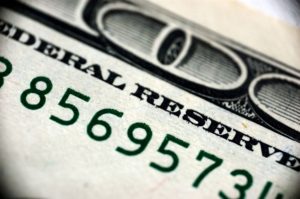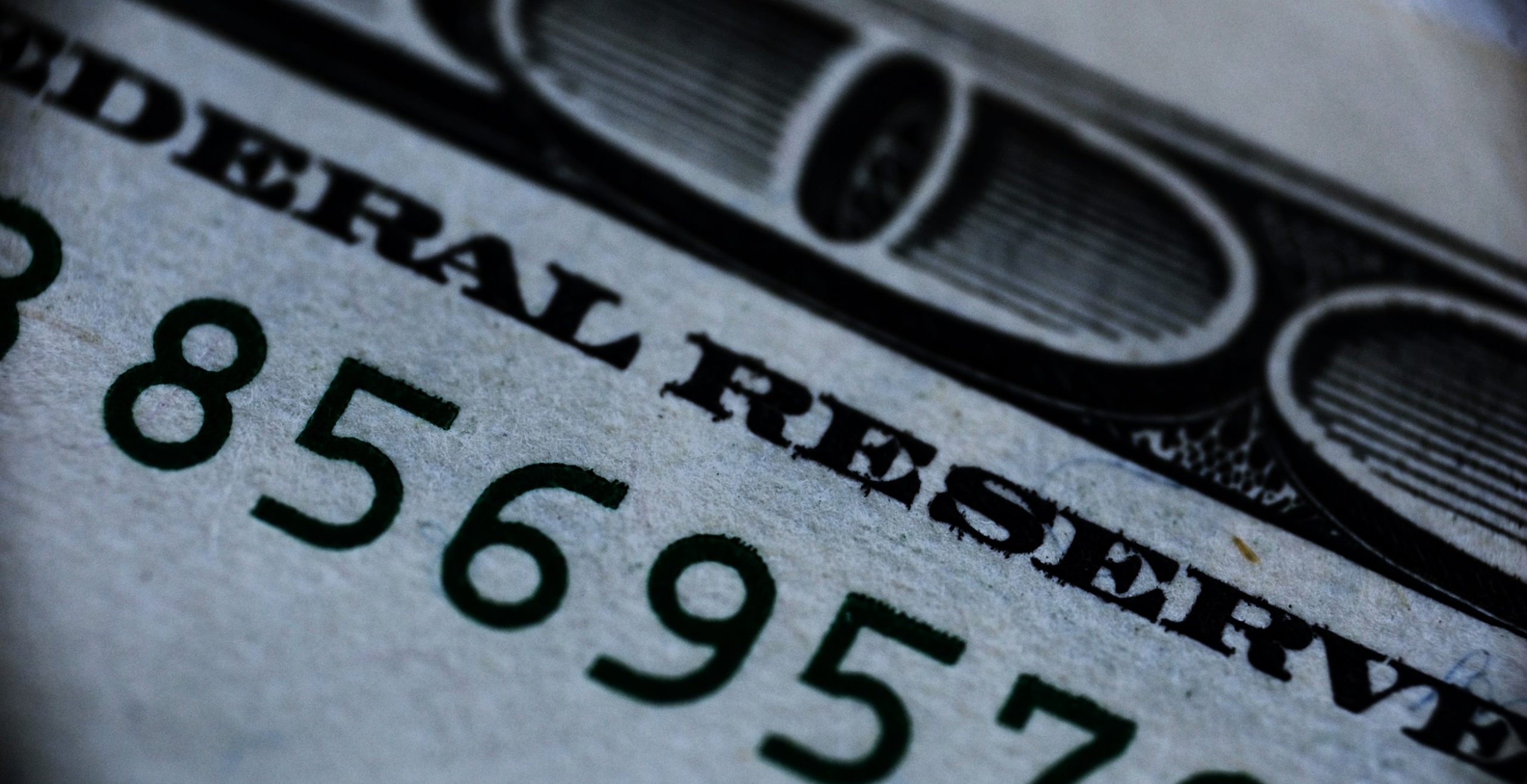
The Federal Reserve is poised to raise rates yet again
The Federal Open Market Committee (FOMC), otherwise known as the Federal Reserve or Fed, has proven its resolve to normalize monetary policy by raising interest rates. You may have read that many investors are underestimating the central bank’s resolve in its upcoming meetings. Several recent statements from voting FOMC members have indicated that more rate hikes are inevitable. Its focus, reducing inflation. As a result, they will continue to tighten monetary policy even if equity markets react negatively. What should our next steps be as investors?
Why Investors Are Underestimating the Fed’s Resolve
There are a few reasons why investors are underestimating the FOMC resolve. We have been expecting the Federal Reserve to pause in the face of a potentially volatile correction. Recent experience tells use when things go haywire with the markets the Fed jumps in and lowers rates. This has been true, but we have not had inflation in the equation. The Fed-funded survey of business confidence has shown signs of weakening, which may give the Fed pause in its decision-making.
The key role of unemployment in the Fed’s decision-making
There are reasons to believe that the FOMC is prepared to continue its rate hiking campaign. Consider the Fed’s primary focus, inflation, and the trajectory of the labor market. The Fed’s tightening campaign has been dependent on the state of the economy. Since the beginning of 2022, the Fed has been steadily reducing its balance sheet, which has kept the central bank on track with its plan to normalize monetary policy and bring an end quantitative easing.
See: Federal Reserve Focus is On Inflation, Not Recession Fears
Equity market implications of anticipated rate hikes
Short-term implications of higher interest rates may be bearish for stocks. Equity markets have been supported by an accommodative monetary policy, which has allowed companies to issue debt at record low rates. As rates are raised, the higher costs may weigh on company earnings as companies issue more expensive debt. You may have noticed that the yield curve is inverting, an indication that investors expect lower growth in the future. This inversion may be a signal of a market correction or recession in the not-too-distant future.
Potential Fallout
Higher rates negatively impact fixed-income investors, as higher rates may put downward pressure on bond prices. As the Fed continues rate hikes, it puts pressure on the short-term rates, making it difficult for borrowers to service their debt. Higher rates may increase the U.S. dollar value. This hurts U.S. companies that derive their revenues from abroad.
The Importance of Understanding the Fed
The Federal Reserve has a dual mandate of maintaining full employment and keeping inflation in check. The FOMC may be approaching its intended goals on inflation. The Fed’s survey of business confidence has shown signs of weakening in recent months, which may indicate that the Fed is approaching its employment goal. The FOMC seems eager to hike rates and end its stimulus campaign. Expect continued market volatility. As investors, we must prepare for the Fed’s continued rate hikes. We should strive to understand its decision-making process and adjust our investment strategies in a rising interest rate environment. FEL-PM-220819
Trading futures and options involves substantial risk of loss and is not suitable for all investors. Past performance is not necessarily indicative of future results. This matter is intended as a solicitation to trade futures and options.
